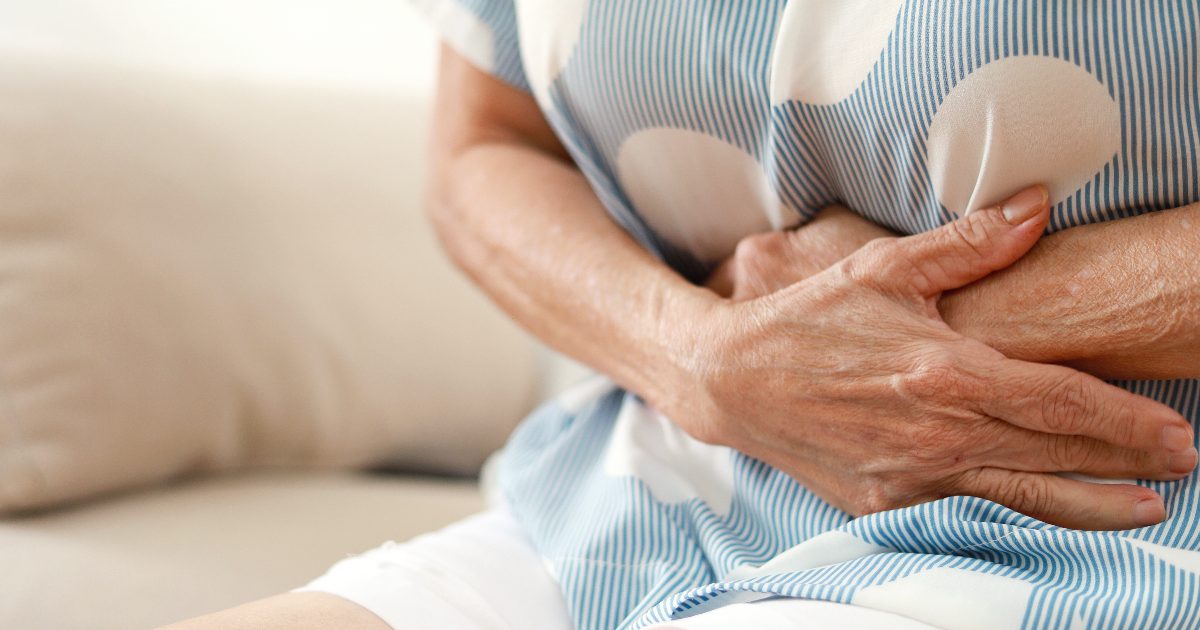Battling Invasive Ductal Carcinoma
- Sophie Jackson, 26, was diagnosed with breast cancer last year after finding a lump in her right breast, something doctors said was “probably nothing” or likely due to hormones.
- Most breast cancers are invasive, but there are different types. The two most common are invasive ductal carcinoma and invasive lobular carcinoma; Sophie Jackson was diagnosed with Stage 2 invasive ductal carcinoma.
- Breast cancer mostly occurs in older women, but it is possible for women under the age of 45 to be diagnosed with this type of cancer. In fact, about 9% of all new breast cancer cases in the United States are found in women younger than 45.
During her doctor’s visit in September 2021, Jackson was instructed to wait four weeks to see if the mass she was feeling disappeared. After returning to get an ultrasound and four biopsies taken of the lump, she received an aggressive cancer diagnosisâ revealing she had Stage 2 invasive ductal carcinoma. According to the American Cancer Society, most breast cancers are invasive but there are different types of invasive breast cancer. The two most common are invasive ductal carcinoma and invasive lobular carcinoma.
Read MoreJackson, who has since been declared cancer free and is back working at University Hospitals Dorset after 10 months off, admits she feels “differently about work,” having more of an understanding for her cancer patients. “I do also have struggles though as I am also a cancer patient and still will be for a long time,” she added. “The typical NHS with short staff, being overworked and not getting breaks leaves me run down and exhausted.”
She was told her cancer could return in two years but instead of worrying, Jackson hopes to spread breast cancer awareness and inspire others to conduct self-checks.
“Let my story be YOUR reminder to check your boobs! It can affect anyone, even in your 20's with no family history or genetic involvement. A lump big enough to be felt has the potential to have been growing between 2 and 5 years before it was found,” she wrote in a recent Instagram post, featuring photos of her before, during, and after treatment. “Early detection saves lives so know your normal and anything different, get checked! There is still currently no complete cure for breast cancer that has already spread so we must be on our game, every month.”
Breast Cancer in Women Younger than 45
Breast cancer is the most common cancer among women in the United States, according to the U.S. Centers for Disease Control and Prevention.
The CDC also reports that breast cancer mostly occurs among older women, but it's possible for women under the age of 45 like Sophie to be diagnosed with this type of cancer. In fact, about 9% of all new breast cancer cases in the U.S. are found in women younger than 45.
But in some ways, a diagnosis for a younger woman can often be even more devastating, Dr. Ann Partridge, an oncologist at Dana-Farber Cancer Institute in Boston, told SurvivorNet in a previous interview.
Aggressive Breast Cancer in Young Women
This is because the cancer is likely to be a more aggressive form of the disease and also at an advanced stage, as screening for younger women is not standard.
Luckily for Sophie, her cancer was caught early; she discovered the disease before it spread beyond its origin point in her right breast. But her symptoms still began before she was 26 years old. So if she would've waited to get a mammogram, who knows when she would've caught her cancer, or what stage it would've reached by then.
The point is, that it's possible for young women to get breast cancer, so listening to your body when something doesn't feel right like Sophie did, is vitally important.
Symptoms of Breast Cancer
Being aware of how your breasts normally look and feel is an important factor when it comes to breast cancer detection. Doing regular self-exams is one way to familiarize yourself with how your breasts normally feel so that you will be able to identify anything out of the ordinary like a lump or hard mass.
Below are some other symptoms to look out for.
- New lump in the breast or underarm (armpit)
- Any change in the size or shape of the breast.
- Swelling on all or part of the breast
- Skin dimpling or peeling
- Breast or nipple pain
- Nipple turning inward
- Redness or scaliness of breast or nipple skin
- Nipple discharge (not associated with breastfeeding)
Of course, these symptoms can be due to things other than cancer. For example, a lot of women experience breast tenderness during certain times in their menstrual cycles. If you're worried talk to your doctor about it. They may want to perform an exam, or even schedule a mammogram just to be safe.
An In-Depth Guide With Advice From Leading Experts For Every Step Of Your Breast Cancer Journey.
Contributing: SurvivorNet Staff
Learn more about SurvivorNet's rigorous medical review process.


